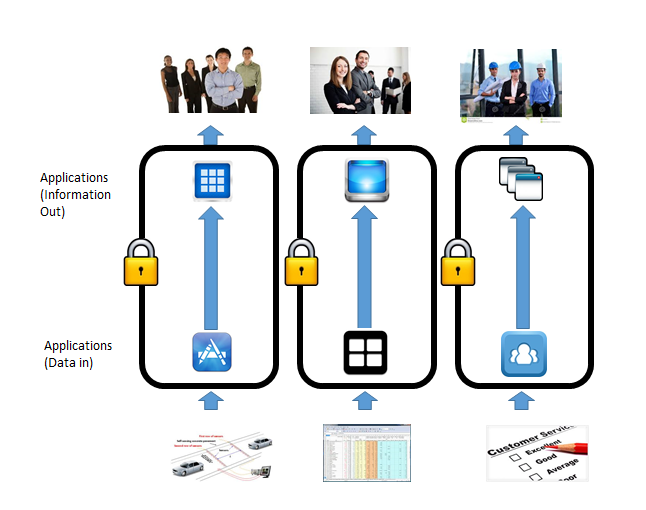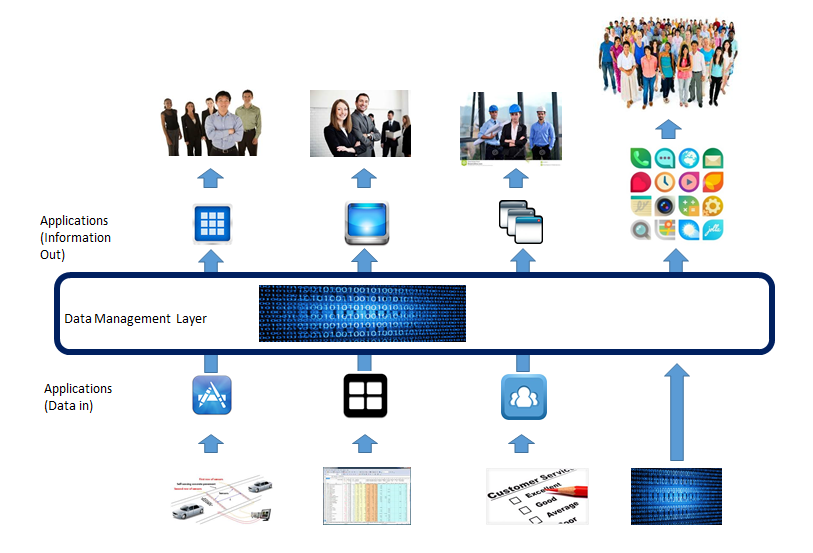Case Study: Troubled Families
The case study which follows describes where a Data Management Layer facilitated by Agility DataBroker has been introduced to a local authority to help address some of the current and future problems associated with servicing troubled families. The example illustrates that adding a Data Management Layer can help a Council identify troubled families and, perhaps more importantly, potential troubled families, before their problems develop out of control. This is a potentially self-funded project which has major long-term benefits in reducing the future drain on Council resources.
Troubled Families
Troubled families present local authorities with both a difficult moral and financial dilemma. The Troubled Families initiative is a national programme aimed at ‘turning around’ those families who have multiple and complex needs, and who are also high cost to the public purse. More importantly, they are some of the families who, because of their difficult and often chaotic lives are struggling to create the right environment for their children to thrive, develop, and achieve. Identification of a troubled family is a data-driven process where the family must meet at least two of a number of possible criteria spread across criminal, health, housing, employment, educational and other factors. The data for these criteria is kept in a number of distributed application silos within the police force, Youth Offending Teams (YOT), schools, Streetwise, Probation Service, Housing, local health authorities, and others, each of which has legal, moral and process driven constraints on access to its data. The early determination of a troubled family allows for services to get involved before the situation becomes critical and, ideally, where proactive work with the family will prevent it from further decline. That early identification is held up by the lack of means to connect these islands of data to spot the signs of a family with problems.
One local authority has turned to the use of Agility DataBroker to provide a potential solution. Their current situation is illustrated below. Data from all sources is held separately by each organisation, is independently maintained and normally unpublished. The data is typically not available except on an "at request" basis from an authorised individual. It is therefore difficult for patterns to be determined. For example, a kindergarten may see a child turn up in nappies along with other signs of mild development problems. This flag should be combined with data on the family from other sources to determine if it is a one-off incident that can be remedied easily or if it is a sign of a more sinister, endemic problem within the family. Working proactively can prevent later, more dramatic and costly issues from developing. In these days of reduced budgets, authorities have a pressing need to reduce the cost of future services, and it can cost upwards of £6,000 a week to keep a teenager in secure care. How much better to identify the child's problems early to both their and the Council's greater good.

The problem is therefore how to determine the multiple flags which need to be raised from data held in multiple locations in different formats by different organisations, each of whom is governed by different legislative, process and moral limitations on the access to their data. When something goes wrong then Social Services are most often blamed, but if the data is not made available to them by other agencies then there is a fundamental problem that needs addressing.
A project has been initiated in one local authority to implement Agility DataBroker, which will be employed as a Data Management layer in this scenario. Agility DataBroker will be used to consolidate information from the various data sources, clean it, analyse it and produce the reports identifying where the families meet the multiple criteria which define a troubled family. Importantly, the use of service agreements implemented by Agility DataBroker will ensure that access restrictions, security, and other constraints on the data are rigidly enforced. For example, social services might get a report from a school that a child appears to have been neglected at home. The name of the child, post code and other identifying information can be used by Agility DataBroker to extract data on the family from the other related data sources to determine if it is an isolated case, or if there is a combination of factors that is preventing the family from functioning as it should. Plug ins for access to the various datasets by Agility DataBroker can be produced relatively easily and controls can be made as rigid or as flexible as the two interacting agencies agree.
The architecture after the introduction of the Agility DataBroker is illustrated below.

Central government is incenting local authorities to identify troubled families through a small grant for each troubled family identified. In the case of the local authority involved in the trial, a small (less than 10%) increase in the number of troubled families identified and helped should more than pay for the cost of the project. The long term savings resulting from proactive counselling and support, rather than the more costly reactive approach prevalent today will then all be to the benefit of the Council and the community they serve.
An additional benefit arises from providing application developers with access to these data sets with the potential to deliver many new innovative applications which can benefit citizens. This opportunity becomes all the more powerful when additional data sets are added.
The introduction of Agility DataBroker and the consolidation of the various data sets is a relatively simple process which requires minimal effort and no disruption of existing systems. The main obstacles are political and organisational with each dataset having rigid access restrictions. It should be clear that a step by step expansion to consume additional data would provide additional benefits. With data, the total exceeds the sum of the parts, as adding more data sets increases exponentially the number of ways in which data can be combined. In addition, Agility DataBroker is capable of delivering transformed data in whatever formats are required. This opens up the opportunity to deliver data to both internal and external application developers in order to encourage innovation, and to citizens to improve access to Council information.




